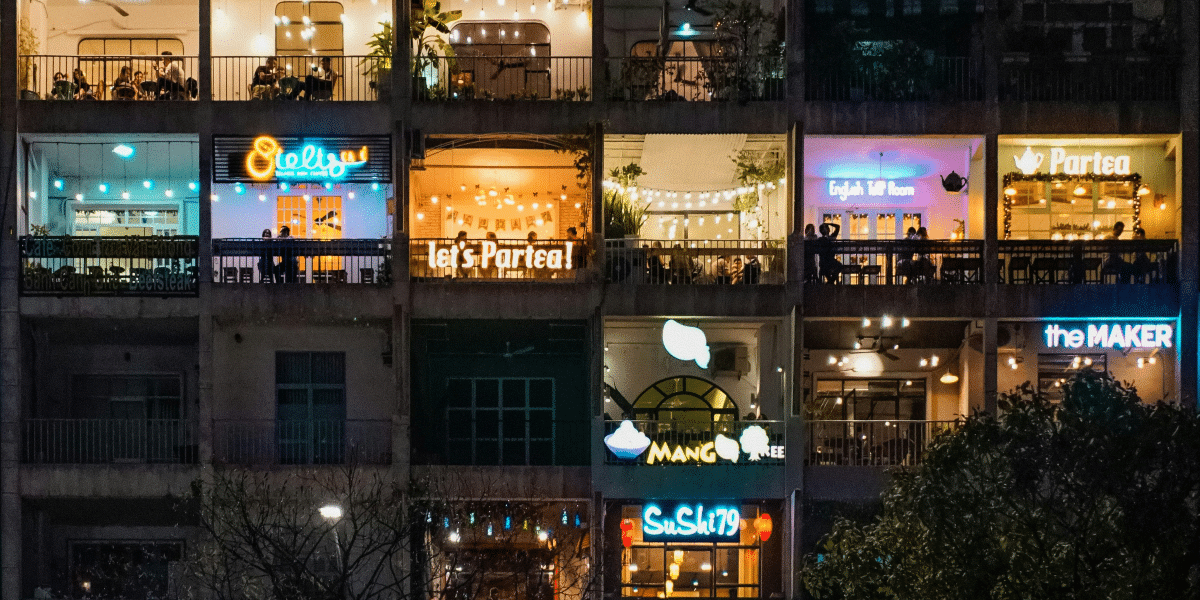Architecture and urban planning are closely intertwined disciplines that shape the spaces where we live, work, and interact. While urban planning focuses on the larger picture of land use, transportation, and infrastructure, architecture brings these plans to life through the design of buildings and public spaces. Understanding the role of architecture in urban planning helps you appreciate how thoughtfully designed environments can enhance functionality, aesthetics, and sustainability in our cities. This article explores how architecture influences various aspects of urban planning, from shaping the physical environment to promoting social interactions and sustainable development.
What Role Does Architecture Play in Shaping the Physical Environment?
Architecture is a key player in shaping the physical environment of any urban area. When you walk through a city, the buildings around you create a sense of place and identity. Architects design these structures not just to be functional but also to contribute to the overall aesthetic and character of the city. Think about iconic skylines like those of New York or Tel Aviv – these are the results of thoughtful architectural planning.
Moreover, architecture dictates how space is used and organized. This includes the layout of streets, the height and mass of buildings, and the integration of green spaces. By designing buildings that complement their surroundings, architects ensure that urban spaces are cohesive and harmonious. This planning makes cities more navigable and enjoyable for residents and visitors alike.
Architects also consider environmental factors, ensuring that buildings are positioned to take advantage of natural light and ventilation. This not only enhances the comfort of the occupants but also reduces energy consumption, aligning with sustainable urban development goals.
In essence, architecture shapes the physical environment by balancing functionality with beauty, creating spaces that are both practical and inspiring. Through careful planning and design, architects play a critical role in defining the look and feel of our urban landscapes.
How Does Architecture Influence Social Interactions in Urban Planning?
Architecture significantly impacts how people interact within urban environments. When designing urban spaces, architects consider various elements that encourage social interactions, such as public spaces, walkways, and building layouts.
For example, well-designed public spaces like parks, squares, and plazas provide areas where people can gather, relax, and engage in community activities. These spaces act as social hubs, fostering a sense of community and belonging. Wide sidewalks and pedestrian-friendly streets make it easier for people to walk around, bump into friends, and participate in street life, enhancing the vibrancy of urban areas.
Building layouts also play a crucial role. Mixed-use developments, where residential, commercial, and recreational facilities coexist, create lively neighborhoods where people can live, work, and play in close proximity. This mix encourages spontaneous interactions and a sense of community.
Moreover, architecture that includes features like benches, street art, and greenery can make urban spaces more inviting and conducive to social activities. By thoughtfully integrating these elements, architects can create environments that naturally bring people together, promoting stronger social bonds and a more connected community.
In summary, architecture shapes how we interact by creating spaces that encourage social engagement, making our cities more livable and socially cohesive.
How Can Architectural Design Promote Sustainable Development?
Architectural design is crucial for promoting sustainable development. By incorporating eco-friendly materials and energy-efficient technologies, architects can create buildings that reduce environmental impact. Green roofs, solar panels, and natural ventilation are just a few examples of sustainable practices in urban design. Additionally, designing buildings that integrate with public transportation and encourage walking can significantly lower carbon footprints. Through thoughtful planning and modern solutions, architectural design helps create urban spaces that are not only functional and beautiful but also environmentally responsible. To learn more about this, you can explore the role of architecture in urban planning.
In conclusion, architecture significantly impacts urban planning by shaping the physical environment, fostering social interactions, and promoting sustainability. By integrating thoughtful design, you can create urban spaces that are functional, aesthetically pleasing, and environmentally friendly, ultimately enhancing the quality of life for all residents.
Published by: Josh Tatunay

















